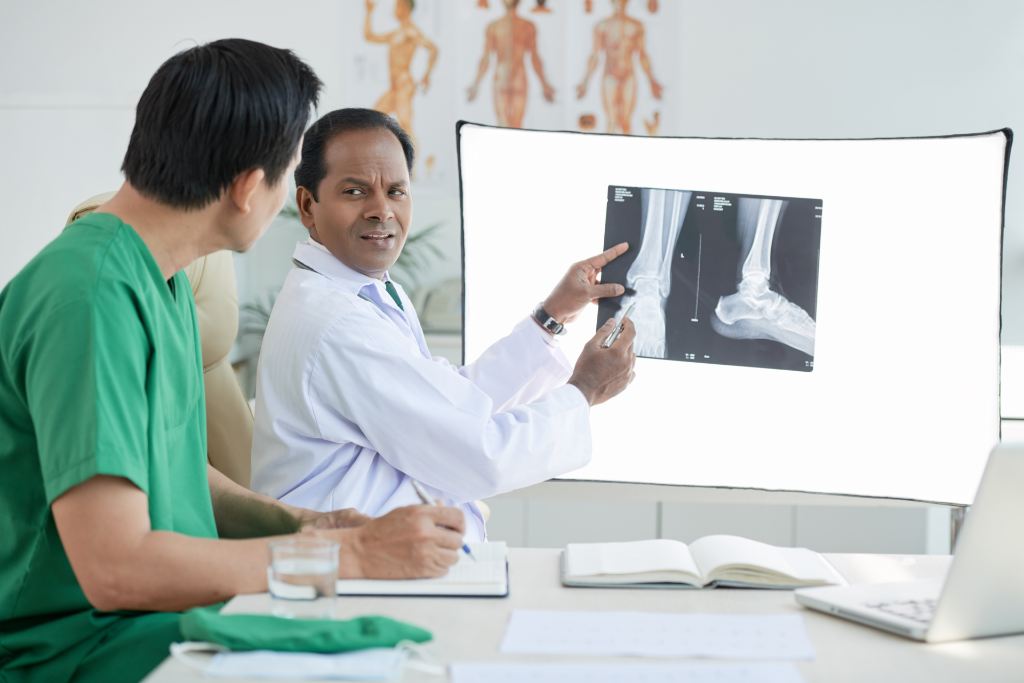How Medical Imaging Identifies Soft Tissue and Joint Injuries
After an accident, not every injury is visible on the surface. Some patients feel pain or limited movement right away; others may feel fine initially, and symptoms begin later. Many of these delayed or hidden injuries affect soft tissues, joints and deeper structures that cannot always be fully evaluated through a physical exam alone.
That’s where medical imaging can play a vital role in the evaluation process.
Why Imaging Matters After an Accident
Medical imaging helps providers look beyond what the eye (and sometimes the physical exam) can immediately see. Soft-tissue injuries such as sprains, muscle tears, herniated discs and ligament damage often develop or worsen without prompt evaluation. Early imaging can help detect these injuries before they lead to long-term pain, restricted movement or chronic inflammation — though it is important to note that imaging is just one part of comprehensive care.
For injured patients and attorneys, imaging offers additional objective data that may support a diagnosis and treatment plan. These scans can help confirm the presence and severity of injury, assist in connecting symptoms to the accident and help validate the medical necessity of care — all of which may be important in documentation and legal/insurance settings.
The Most Common Imaging Tools Used in Injury Care
MRI (Magnetic Resonance Imaging):
An MRI captures detailed images of soft tissues, ligaments, tendons, and spinal discs. It is one of the best tools for identifying injuries that don’t appear on X-rays, such as herniated discs, meniscus tears, or muscle damage.
CT Scans (Computed Tomography):
CT scans provide cross-sectional images of bones and soft tissue, often offering a more detailed look than standard X-rays. They are often used for identifying fractures, spinal issues, or joint abnormalities after trauma.
X-Rays:
While primarily useful for detecting fractures and bone-alignment issues, they are often the first diagnostic step. They may also reveal signs of joint degeneration or arthritis that an accident could aggravate.
Benefits of Early Imaging
Getting an accurate diagnosis early helps to prevent further damage and ensures treatment begins as soon as possible. Imaging provides:
- A clearer view of injuries that are not visible externally
- A baseline for tracking progress during treatment
- Support for coordinated care between medical providers and attorneys
- Greater confidence in both diagnosis and recovery planning
Supporting Full Recovery
At AICA, we offer advanced imaging technologies (such as MRI and CT scans) and our medical providers, chiropractors and physical therapists collaborate to design individualized treatment plans based on a detailed diagnostic picture.
If you’ve been in an accident, don’t rely on how you feel today to decide whether you need imaging. Let our medical team help you see the full picture and get the care you need to heal safely and completely.





